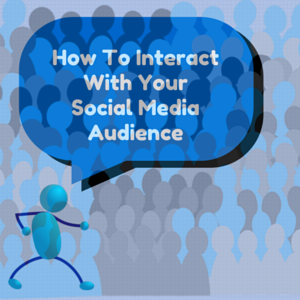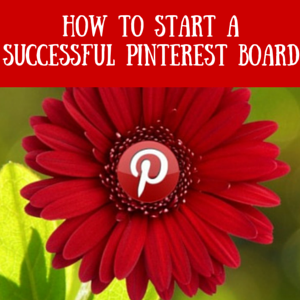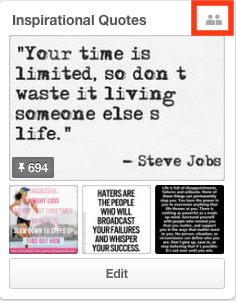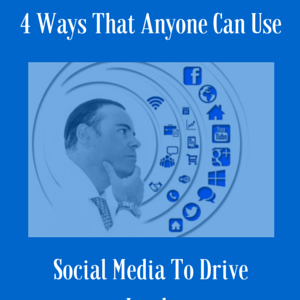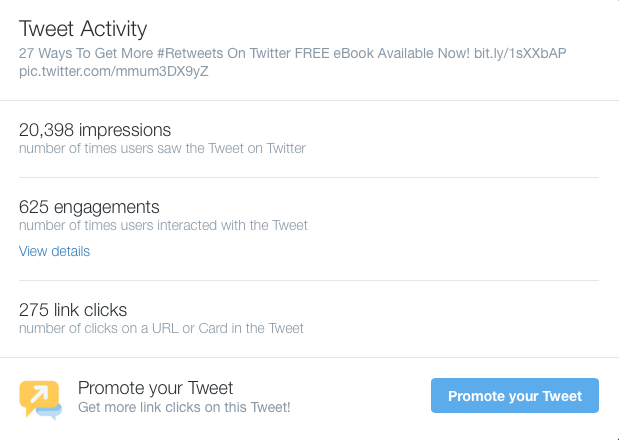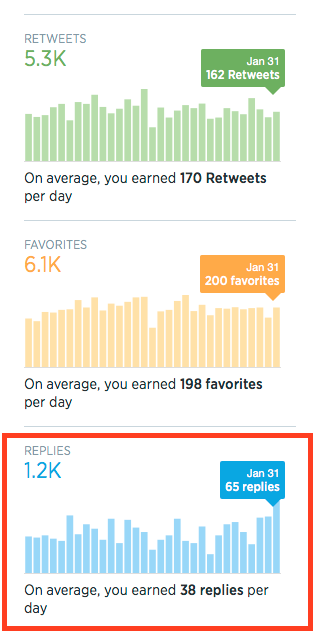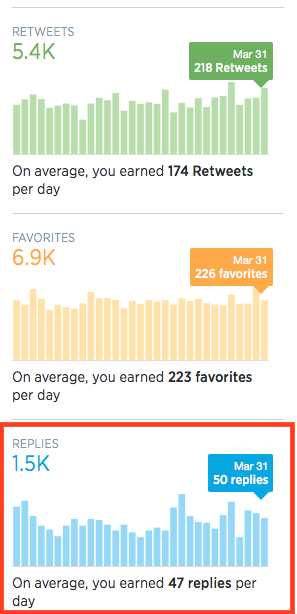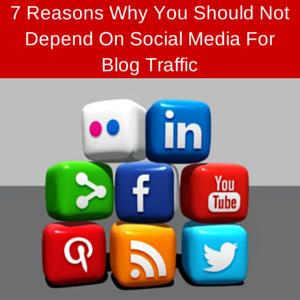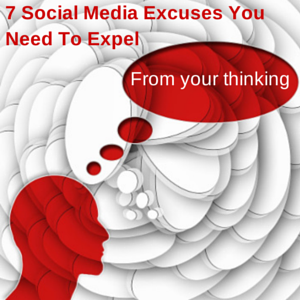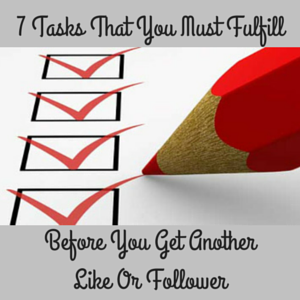
Who wouldn’t want more likes and followers? The primary goal of using social media from a business standpoint is to grow a large, targeted audience of people who will engage with our content. However, this primary goal is insufficient for generating a full-time income. Having a large, targeted social media audience will help you towards achieving a full-time income, but when talking about an income, other elements come into play.
Not only do other elements beyond social media come into play, but the way you use social media and present yourself also affect how successful your brand becomes. It is great to get likes and followers, but what are they worth? What type of impact do they have on your brand? We must ask ourselves what happens after we accumulate the likes and followers. We must ask ourselves how we can use our time on social media more productively. We must ask ourselves what tasks we must fulfill before we get another like or follower. These are the big seven.
#1: Know Your Niche
The most important thing to do before you get another like or follower is to know what your niche is. This is a basic step, and many people with decent sized audiences know what niche they are in. If you already know your niche, you should skim through this section and head over to the second method. However, if you do not know what your niche is, it is time to discover which niche is the best one for you. The best niche you can choose for yourself is a combination of these factors:
- Passion for potential niche
- Knowledge about potential niche
- Willingness to constantly learn more about potential niche
You should choose a niche that fits into all three of these factors. Those are the ideal niches that present the easiest choice for pure domination. Remember that in your lifetime, you can do anything. You can be anything from a motivational speaker to an expert on gadgets if that’s your style. Once you identify your niche, you must build your social media audience around that niche.
#2: Know Your Customers
Once you know what your niche is, it is easier to know who your customers are. Your customers are the people who buy your products and make your entire journey possible from a monetary point of view. Not only do your customers make the continuation of your brand possible, but knowing their specific needs will allow you to create better products that better serve your customers. Knowing your customers all comes down to knowing your targeted audience, and knowing your targeted audience all comes down to two simple questions:
“What is my brand’s purpose? What type of people would be interested in my brand’s purpose?”
The more specific you are when you identify your brand’s purpose, the easier it will be for you to know who your customers are. If your brand’s purpose is too vague, then you won’t grow a strong customer base. If you own a restaurant, then your purpose shouldn’t be just to feed people. In that case, your targeted audience would be anyone who eats, which initially sounds good because everyone eats food, but with many options, people won’t notice you. Instead of presenting yourself as the ideal choice for everyone, you must get specific. Is your restaurant an all-vegan restaurant? Does the Wi-Fi Free experience allow real-life conversations to develop? You may not own a restaurant, but you need to ask yourself those types of questions for your brand, regardless of what your niche is.
#3: Create A Better Posting Plan
The way you post your content affects how your audience sees you as an individual and how often your audience sees your content. Publishing posts daily is completely different from publishing one post per month. You must post content on your social networks several times per day, but if you publish 10 posts in five minutes, then you are bound to annoy your audience. The workaround is to create a better posting plan which consists of the following:
- Scheduling posts. If you are looking for a way to schedule posts on Twitter, Facebook, LinkedIn, and a Google+ page among other options, then look no farther than HootSuite. The HootSuite Pro feature makes it easier to schedule content in bulk. I can literally schedule over 100 tweets in just six clicks.
- Posting content made to spread. Each social networks has a different set of rules based on users’ experiences that determines what spreadable content is. However, almost all of the viral content posted on social media contain pictures. You can use the free, easy-to-use tool called Canva to create stunning pictures. I use Canva for hundreds of pictures that appear on this blog.
- Knowing when to post. Facebook Insights allow you to discover when the highest percentage of your audiences is on Facebook while Tweriod is the equivalent for Twitter. Schedule your posts to get published at the times you know when the highest percentage of your audience is on that social network so your posts get the optimal level of engagement.
#4: Look Over Your Social Media Profile
Looking at your social media profile and making sure you are proud of what you see is a way to gain verification that you are on the right path. Not only do you gain verification about your path (or if not, you’ll have an idea of what needs to be changed), but in a rapidly moving world, many things are bound to change in the next six months for your brand. Maybe you won an award that you could mention in your social media bio. Maybe you acquired another hobby worth mentioning, and mentioning your hobbies on social media is not so bad. Maybe you changed your brand’s logo or want a cooler background picture. Maybe your bio needs to be re-polished. By checking your social media profile once per month and making changes where they need to be made, you will always reflect up-to-date information within your social media profile. You don’t want to change your brand’s picture, bio, or background just for the sake of doing it because that affects your brand’s recognition. If Apple constantly changed its logo, it would be more difficult for customers to remember the brand. Only make a change when a change is necessary.
#5: Get Your Email List Straightened Out
If you are going to do one thing before you get another like or follower, you must straighten out your email list and choose which paid service you will use. I use iContact to build and manage my email list, but MailChimp, Aweber, and Constant Contact are three other worthy options among the pool of efficient emailing services. You must choose a service that allows you to send custom emails to your subscribers (in other words, not just the RSS Reader type of emails) and enables autoresponders. Autoresponders allow you to build the relationship between you and your subscribers which will increase the chances of someone buying one of your products. If you want to go the extra mile and get more subscribers from your social media efforts, create a landing page (I use Optimize Press for mine. Here is an example of a landing page) that collects email addresses. Then, promote that landing page to your social media audience every day. If you wish to promote your landing page to your social media audience every day, then you must schedule numerous posts per day so you don’t appear to be over promoting your landing page.
#6: Have At Least One Method To Generate Revenue
Social media won’t generate much direct revenue for your brand, but social media is great at generating traffic that can lead to more revenue. You can lead the people within your social media audience to your landing page, your blog, and in rare cases, your product sales page. You want your social media audience to generate a high ROI, and in order to get that ROI, you must lead people to places where you can potentially make revenue for every transaction that takes place.
#7: Procrastinate Less Often On Social Media
Social media is the least expensive method I have come across to generate a massive audience, but it can also take away a large portion of our time. Never before has their been a double-edged sword like this for business owners. If you procrastinate less often on social media, you will have more time to create products, write blog posts, and grow your audience.
The first step to reducing procrastination on social media is to identify what causes you to procrastinate in the first place. Knowing the problem is the first step towards finding a solution. The second step is to do something about it. I found myself reading through the trending topics often. The solution for me was to only read the first five posts about a trending topic so I know what happened. I also spend less time looking at the trending topics because I do more of my social media activities on HootSuite nowadays, and HootSuite does not have a trending topics section for me to get distracted by.
In Conclusion
Every business wants a larger audience, but what are you going to do with your audience? How will you become successful once you get the large audience? What most people do not realize is that a big audience does not guarantee success. You need to have a big audience of people who appreciate what you do and are willing to pay their money for your expertise and/or product. You must also use your time more effectively and specialize in what you do so you get the right results in the right areas.
What are your thoughts on these seven tasks? Which task do you think is the most necessary? Do you have an 8th task that you believe everyone must do before getting their next like or follower? Please share your thoughts and advice below.
